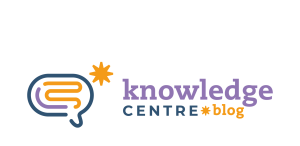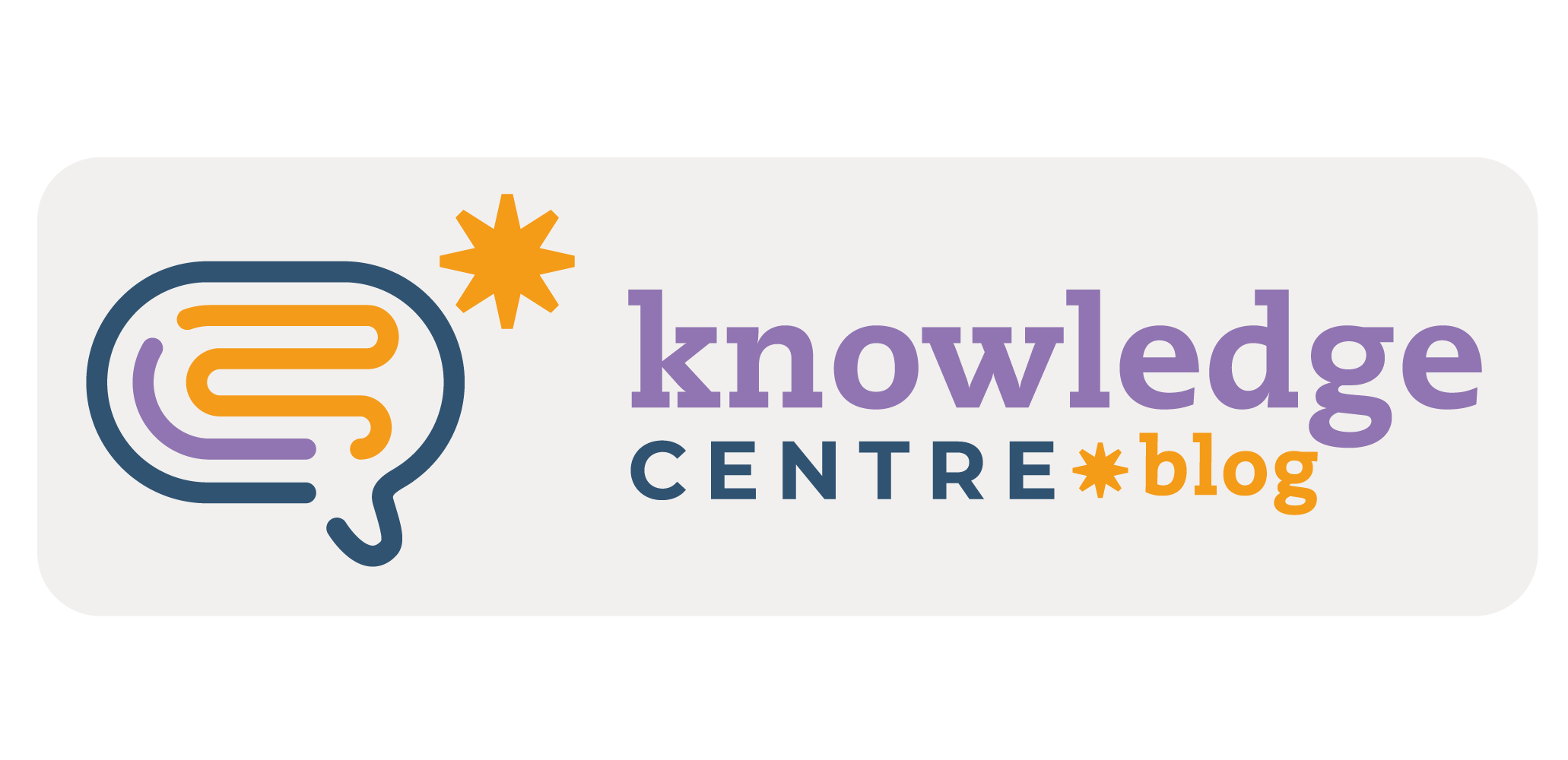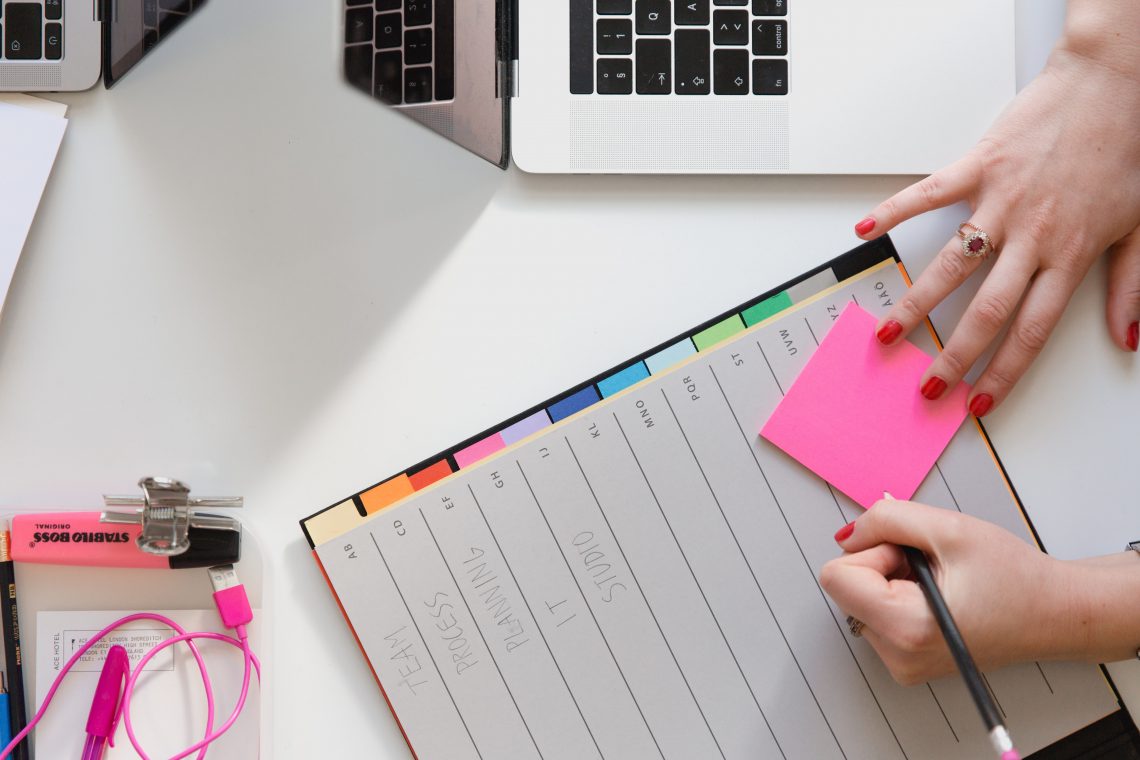Planning a lesson is a must for every class – we all know that. However, the HOW to plan a class may seem like a lot of work sometimes. Each teacher will have their own specific way to plan their lessons, and they are all valid. However, we can all use some new ideas on how to do so: things to add to our planning, steps, wording… And I hope to help with some ideas I have gathered in my time as both a teacher and a teacher trainer in this article.
The very basics:
Planning lessons starts from the Teacher’s Manual, which brings relevant input on how to deliver the lesson. However, it contains suggestions on how to offer the lessons – and not the only possible way to do so.
I guess there are some elements we can all agree must be in every planning – such as what, when and how. That is: what goals in teaching and learning should be met, when each activity should be done and how you’re going to assign or develop these tasks.
From there we have a new what and a new how: what should I put in my lesson plan and how am I going to describe it in detail? There’s no one right answer. You may find that being thorough and writing tasks step by step in a big table will help you plan your lesson better. If you’re more experienced, maybe quick notes will be enough.
If you don’t have much experience in lesson planning, I would advise you to start writing bit by bit. Once you get used to it, you may tone it down, as you will get used to the format of the lessons.
1. Time after time:
Teacher manuals usually come with a time frame for the tasks. However, they are just estimates, as they cannot account for classes’ individualities -some classes need more detailed instructions, others need more time to do a certain kind of activity, some need more time to organize themselves and start the task, etc. I always find it better to think of an average and a maximum time to spend on each task. If I manage to do it in the average time, great. If I reach the maximum time, it’s time to go to the next task. This is important because: a) we manage to finish our whole class in a class and b) we don’t spend too long on the same task, which can be quite tiresome for students. Observe that, if you repeatedly have issues with the time you set for the activities – be it either too much or too little – it’s time to stop and analyze whether you are offering them the appropriate amount of time.
2. Resources and more resources:
When we think about material it seems obvious- maybe it should be in the basics? Yet, I managed to forget the material I needed for my lessons every time I didn’t write it down on my plan (I do NOT recommend it). So, take a moment to jot down all the material you will need for each task – and don’t forget to take it with you to the class.
3. Grouping up:
Grouping is an aspect we must take into consideration when planning as well, since it can save us a lot of time in your class and help your students work better. When you find a task that requires constant and consistent interaction, so that students can exchange and build knowledge together on a subject, it is nice to try and find a way to sit them together. Once, when teaching a group of second graders, I was going to offer them a task that required them to make origami boxes. I knew not all my students were particularly skilled at it, so, before the class, I made a room plan of who would sit with whom and where. That saved me a lot of time in terms of students moving places, not being properly paired and managing to do the task independently. Hence, whenever you have a more specialized task, consider planning your groupings.
4. Listen carefully and let them speak:
Making a thorough plan can actually help us decrease teacher talking time and boost student talking time. Here are some points to consider:
- The language triptych: planning the language triptych is not only about knowing what language and content to teach – it’s also about how. By planning the resources you will use and what you will say, can get your students to understand things better and faster. Planning CCQs is a good idea, especially for novice teachers, as they save explanation time which becomes student talking time. Concept Checking Questions (CCQs) are used when teaching or reviewing vocabulary or grammar to make sure students understand what you are talking about. They are yes/no or test/control questions that derive from the meaning of the word (a good dictionary is a must here). Examples of CCQs for lesson plans are: Are they done before a class? Can I use them to know what to do in class? Is it done by the teacher or by the student?
- Instructions: Planning instructions may help you be more effective when assigning tasks and getting them done. I used to write down the exact words I would use to give the instructions, to make sure they are as clear as they can be. This sounds like a lot of work – and it actually is. However, it is also another step you take that can actually make your discourse more effective as you progress, once you get used to offering instructions. So, be it by writing entire sentences of instructions or planning how to check understanding, it can save you from a big headache!
- Scaffolding: Make sure you include scaffolding techniques in your lesson to increase productivity and learning. Modeling, mind maps, anchor charts, think-pair-share tasks, class discussions… whichever way you choose, make sure you include it in your lesson plan.
5. Trouble ahead:
This is something that you don’t necessarily have to prepare class by class, but oh, does it save time! Thinking about all the ways your class may go sour and how to handle it helps you prevent accidents in the future. Needed to play a video from YouTube but the internet is down? That’s okay, you downloaded it before! Need the computer but the lights are down? You got the resources on your laptop, and it’s fully charged! Speaker not working? You can read the passage yourself!
In general, once you prepare yourself for a certain kind of problem you are already trouble-proofing yourself for the future – so, despite giving a little work, it is something you will use for a long time.
Planning a lesson may seem a lot of work sometimes, but once you get down to it, a class well planned will help you with your work a lot. You will be demanded to listen more attentively, you will get your students working faster and more efficiently, and you can actually recycle some things for other lessons. You don’t have to go for a full-on 7-page lesson plan, but starting from a more complete plan you will need less and less information as you go. Whether you are new to teaching or have never planned all of the items I mentioned above, I would like to invite you to try it. You don’t have to do it for every class if you don’t have time, but do it for some and assess: Did my performance change in this lesson? Was it easier for me to get things done? Did my students’ performance change in this lesson? Was it easier for them to get things done? I promise you; you will see the difference.

By Adriana Oliveira
Adriana has been working with education for over 13 years. She has a bachelor’s degree in Languages from Universidade de São Paulo and holds a CELTA and Train the Trainer certificates. She also really likes cats.








